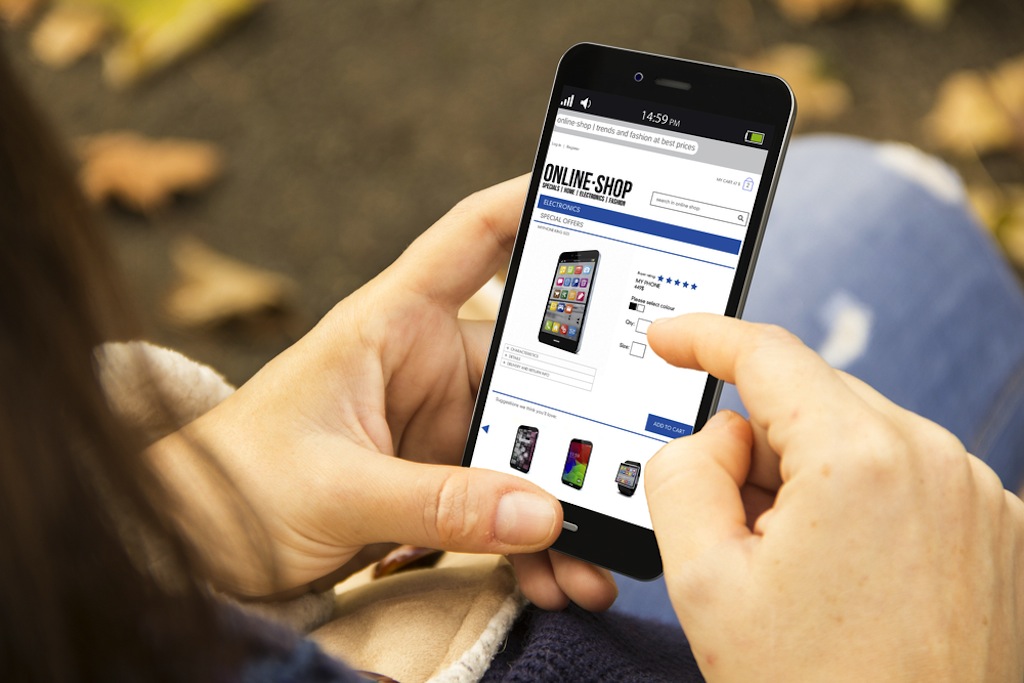Showrooming is a massive trend in retailing and one which can have serious implications for smaller retailers. But what is showrooming and how are retailers fighting back?
Showrooming is the phenomenon where consumers visit shops, try on clothes or look at other items, ask assistants many questions, sometimes take photographs on their smartphones or go online to compare prices or specifications. Then they leave the store without buying anything. Instead, they use their in-store research to help source the same product online, often at a cheaper price.
What impact is it having on retailers?
For many retailers, particularly smaller retailers, it can be serious. Retailers find they are facilitating consumers who have no real intention of completing a purchase in-store. Retailers most affected sell branded goods or other products where it is possible to do a like-for-like comparison. Sports equipment, cosmetics, electronics, jeans and other clothes are categories where showrooming is most prevalent.
Online shopping and smartphones are changing consumer behaviour. Consumers are better informed and conduct extensive research before making a purchase. Some are very price-conscious. They will opt to buy online based on price alone, sometimes without considering the risks that they may have to pay VAT and import duties on goods bought outside the EU.
Retailers are turning to webrooming, omni channel retailing, customer service and clever marketing to ensure they don’t lose sales.
More buzzwords. What are webrooming and omni channel retailing?
Webrooming is the opposite of showrooming. Consumers research products online but go to a physical store to complete the transaction. Retailers encourage this trend through digital advertising campaigns where the call to action is to visit their shop to complete the sale.
Omni channel retailing aims to provide superior customer service across online, traditional, telephone and other channels. Some retailers such as John Lewis, for instance, make the process of searching for a product seamless whether they are browsing on their mobile, a PC or on an online catalogue in-store.
What does all this mean to traditional businesses, particularly smaller ones?
Technology is changing retailing but the message isn’t all negative. Technology can empower smaller retailers. Social media, particularly Facebook and Twitter, allows retailers to connect with existing and new customers and build customer loyalty. Very targeted digital advertising campaigns can be conducted at rates that can be quite cost effective. Retailers don’t have to commit large budgets and can tailor campaigns to meet their audience and their budgets.
And, despite changing consumer habits, there are some constants. Excellent customer service is valued by consumers who will gladly share their experiences online. Remember also that price need not be the only differentiator.
June 2015






